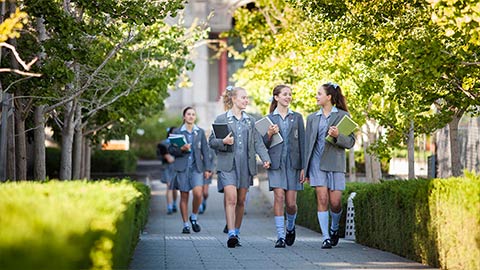Empowering Young Children
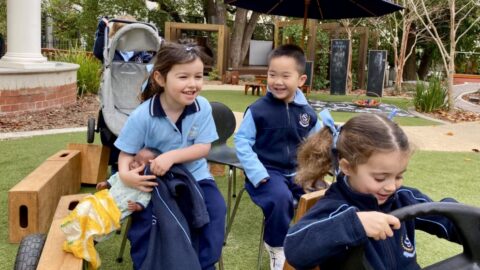
Empowering children through education within the framework of the Child Safe Standards is critical for their protection and overall wellbeing. By teaching children about their rights and how to stay safe, we help them develop the confidence and knowledge they need to navigate various situations securely.
Age-Appropriate Education
Educational experiences and discussions involving aspects of child safety are implemented in an age-appropriate manner. Stories, songs, and interactive activities are used to explain concepts such as personal boundaries, consent, and the right to feel safe. For instance, teaching young children about the concept of feeling ‘safe’ and ‘unsafe’ using simple language and visual aids can make the information more accessible and understandable.
Teaching Personal Boundaries
Educators help children understand and respect personal boundaries. Activities such as role-play are implemented to practise scenarios where children might need to assert these boundaries. They are taught phrases they can use to express discomfort, such as “No, I don’t like that” or “Please stop.” We reinforce that their body belongs to them, and they have the right to decide how it is treated.
Identifying Trusted Adults
Children are encouraged to identify and remember trusted adults in their lives whom they can approach if they feel unsafe. This could include parents, teachers, or other family members. Creating a trusted adult chart in the classroom where children can list and visualise these individuals reinforces the idea that they have a support network. We encourage families to do the same thing at home.
Understanding and Expressing Emotions
It is important that we support young children to recognise and articulate their emotions. Activities such as drawing how they feel or using emotion cards can help them express themselves better. Understanding their feelings can empower children to communicate effectively when something is wrong or makes them uncomfortable.
Recognising Safe and Unsafe Situations
Educators work with our ELC children to help them identify the difference between safe and unsafe situations. Scenarios discussed are relevant to the children’s daily lives at this age and stage. Conversations and learning can be in relation to their physical safety in the ELC environment or personal safety in their daily interactions with peers, educators, family, or strangers. For instance, discussing what to do if they get lost in a public place or how to manage a situation when a friend is asking them to do something that they don’t want to do.
Encouraging Questioning and Speaking Up
We are committed to creating an ELC environment where children feel safe to ask questions and voice their concerns. Educators regularly remind the children that it’s okay to speak up if something bothers them, or if they need help. Children’s efforts to speak up, express themselves and ask questions are encouraged and acknowledged. In this way, we are creating a culture of safety.
Building Self-Esteem and Confidence
Young children build self-esteem through positive reinforcement and by encouraging them to try new things and take on challenges. Confident children are more likely to assert their boundaries and speak up when something is wrong. We celebrate their achievements, no matter how small, to foster a sense of self-worth and empowerment.
By integrating these strategies into daily interactions and the curriculum, our educators can empower children through education, equipping them with the knowledge and skills to stay safe and advocate for themselves effectively. This approach not only aligns with the Child Safe Standards but also contributes to the holistic development of children, ensuring they grow up in a secure and supportive environment.
-
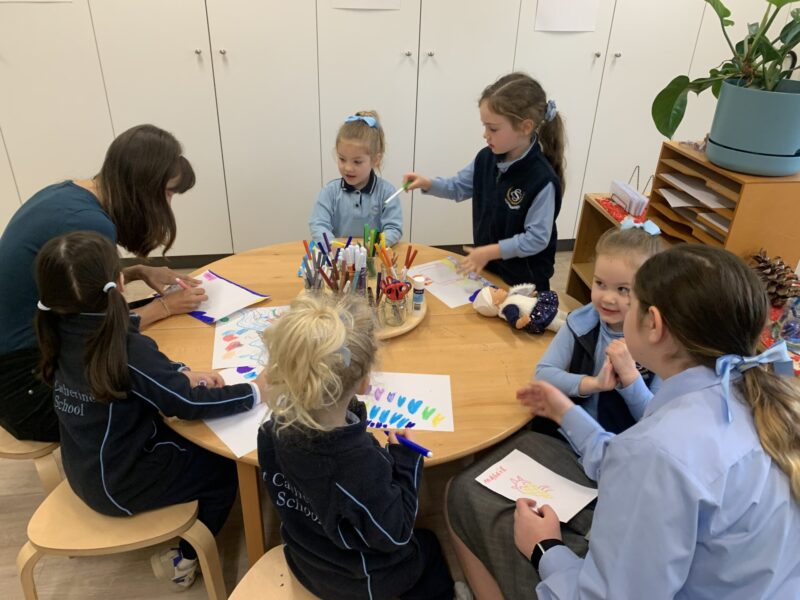
Empowering our ELC children
-

Empowering our ELC children
-

Empowering our ELC children
-
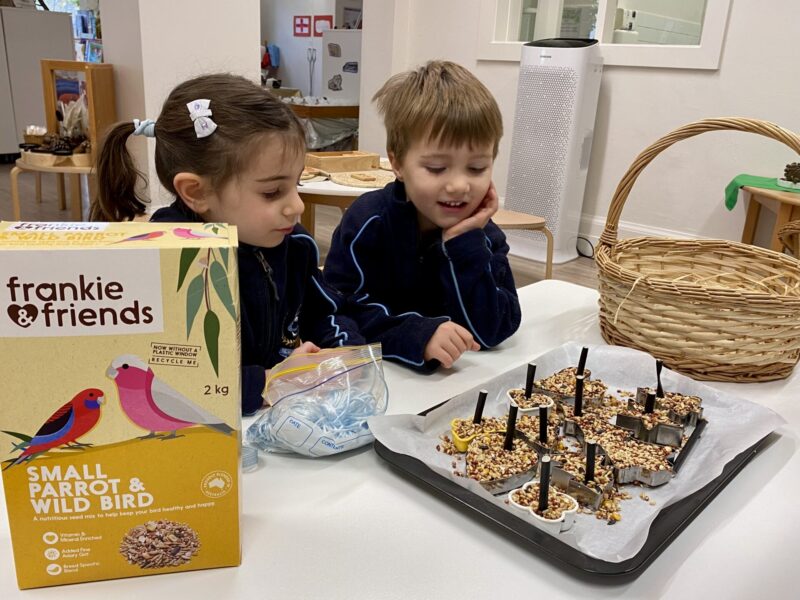
Empowering our ELC children
-
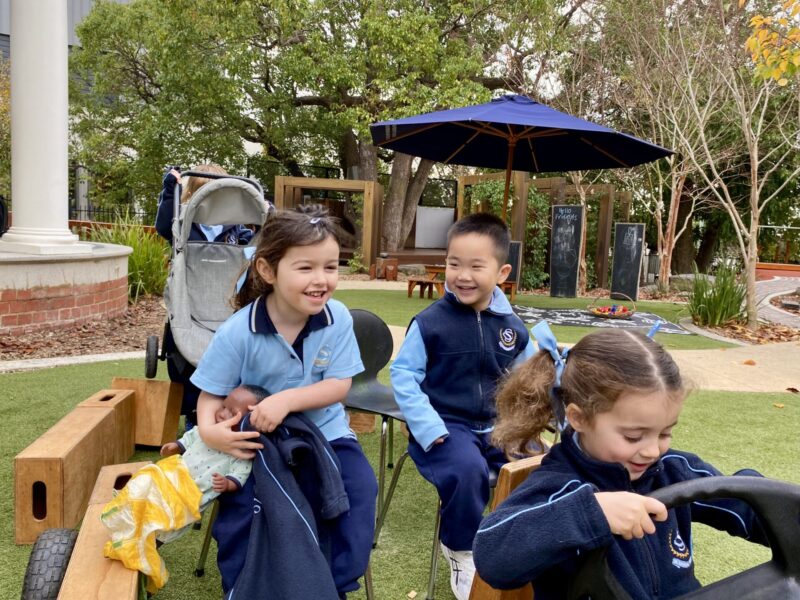
Empowering our ELC children
-
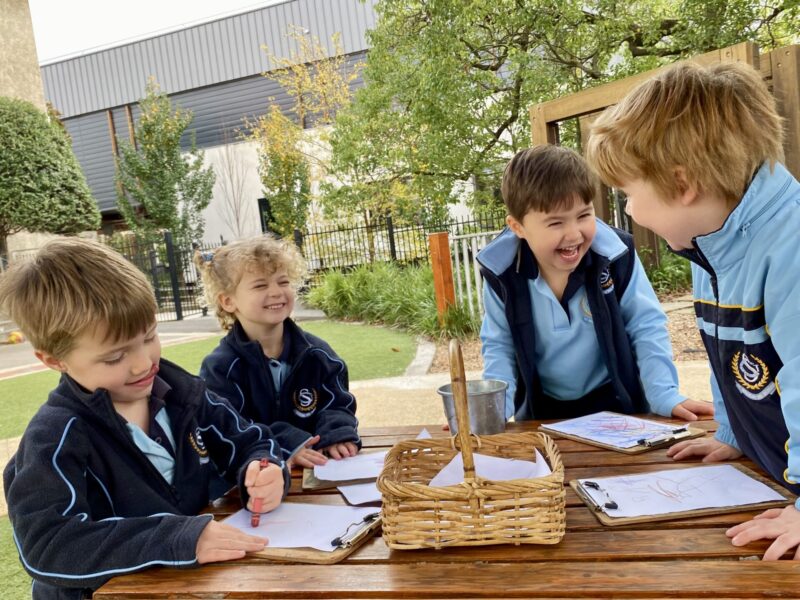
Empowering our ELC children
-

Empowering our ELC children
-
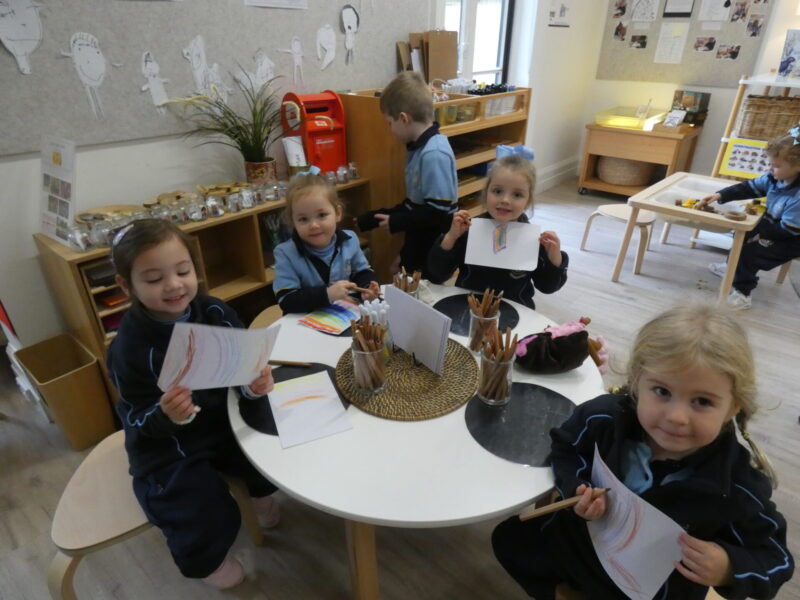
Empowering our ELC children
-
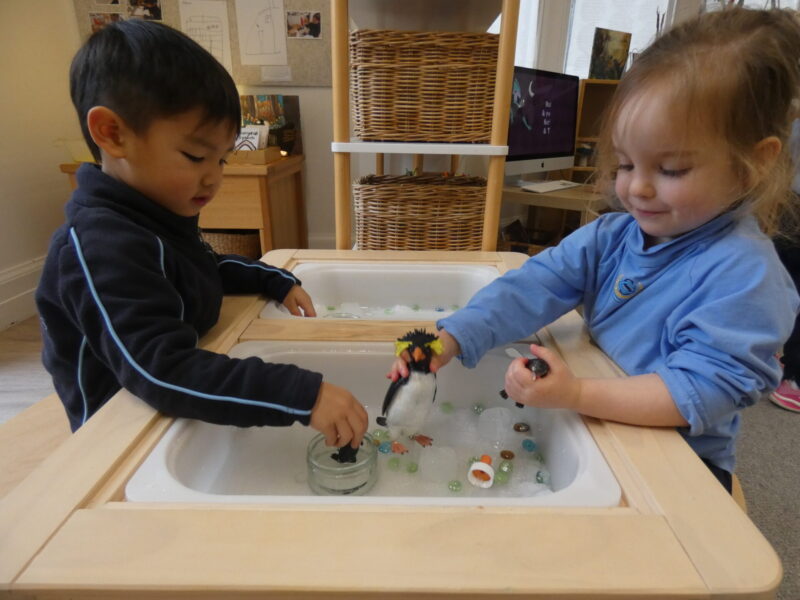
Empowering our ELC children


